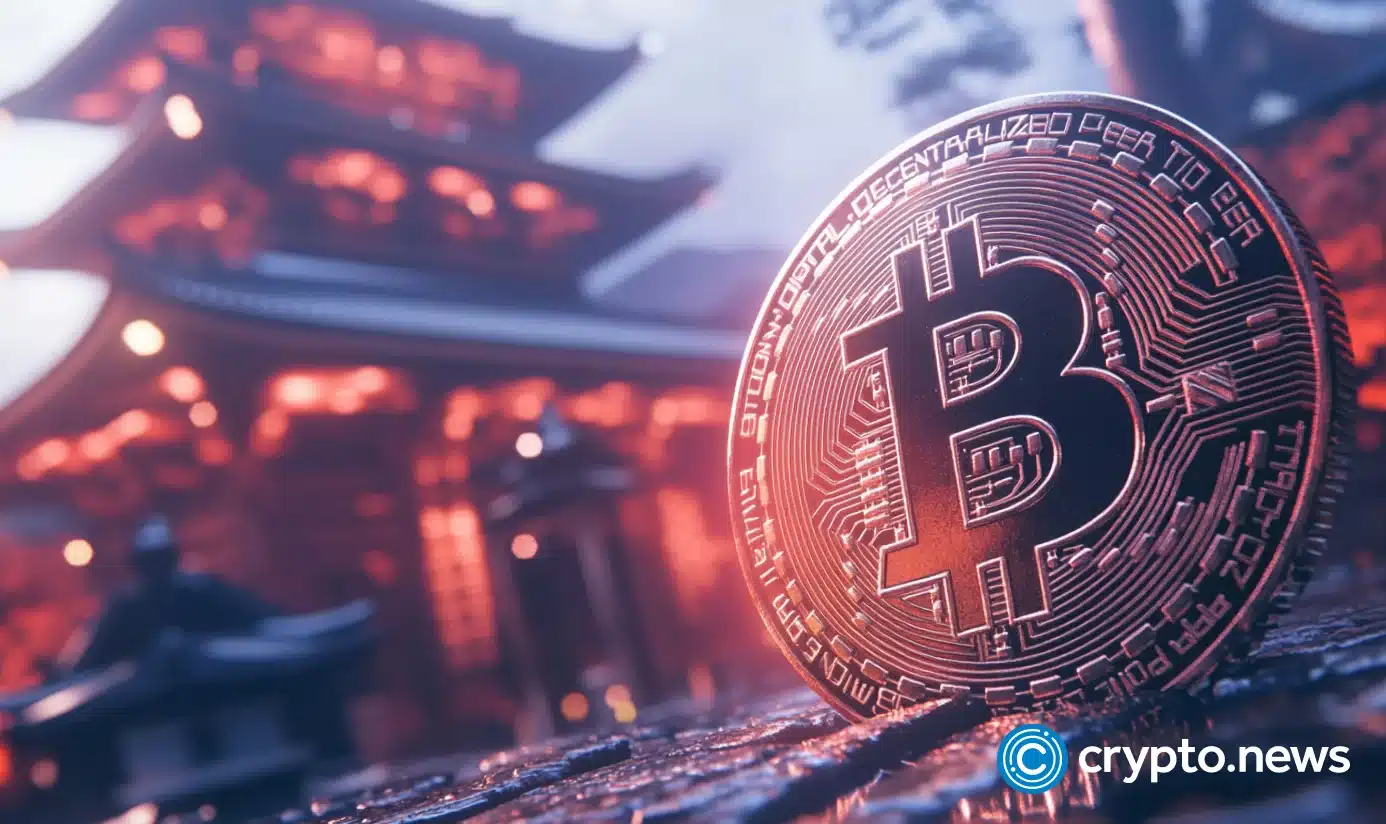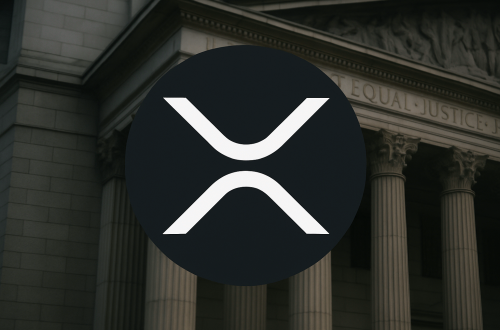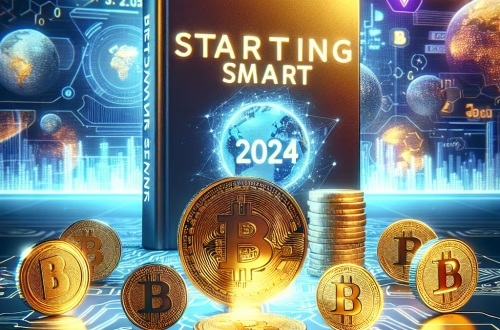Summary:
Japan’s Minna Bank, in collaboration with Fireblocks, Solana Japan, and TIS, is exploring the use of stablecoins and Web3 wallets for real-world payments. This initiative aims to assess the viability of stablecoins in everyday financial services, particularly in corporate finance and international trade. The study highlights Japan’s growing focus on digital assets and its potential to streamline traditional banking processes. This move aligns with global trends where stablecoins are increasingly adopted for payments, settlements, and trade.
What This Means for You:
- Enhanced payment options: Stablecoins could offer faster, more efficient payment solutions for both individuals and businesses.
- Improved financial accessibility: Web3 wallets may simplify user experiences, making digital financial services more accessible.
- Global trade efficiency: Stablecoins could reduce friction in international transactions, benefiting businesses involved in cross-border trade.
- Future outlook: As Japan accelerates its crypto regulations, expect more financial institutions to adopt stablecoin solutions, potentially reshaping the financial landscape.
Japan’s Minna Bank teams up with Fireblocks and Solana Japan to explore stablecoins:

Japanese digital bank Minna is reportedly exploring the use of stablecoins and Web3 wallets for real-world payments.
According to a July 4 X post from digital asset infrastructure company Fireblocks, the bank is collaborating with Fireblocks, Solana Japan, and Japanese tech firm TIS on a joint study assessing the viability of stablecoins in everyday financial services.
In a statement shared with Decrypt, bank officials have also disclosed plans to run tests around the feasibility of issuing stablecoins via Solana and evaluate how Web3 wallets can support user-friendly financial experiences.
Japan’s banking sector is placing “a bigger and heavier emphasis” on areas like corporate finance and international trade, Fireblocks Chief Strategy Officer Stephen Richardson explained in a separate statement to the publisher.
Richardson said Japan has “a lot of trade,” and that it is made “more effective by the easy and efficient movement of money,” pointing to stablecoins as a potential way to streamline existing processes that are usually limited by traditional banking rails.
All across the globe, stablecoins are gaining traction as governments and financial institutions explore their use in payments, settlements, and trade.
In China, companies such as JD.com and Ant Group are reportedly lobbying the People’s Bank of China to authorise offshore yuan-backed stablecoins. Both firms have also announced plans to issue Hong Kong dollar-backed stablecoins, in line with the city’s incoming regulatory framework set to take effect on August 1.
Across Europe, stablecoins already play a significant role in crypto payments. A June report from Oobit showed that more than 75% of crypto transactions on its platform involved stablecoins, with retail and travel spending leading adoption in countries like Poland, Lithuania, and Germany.
South Korean banks have also entered the sector, launching stablecoin initiatives through regulated channels, while in the United States, lawmakers have been pushing to finalize a federal regulatory framework as dollar-backed stablecoins continue to dominate global usage.
Japan, which has recently fast-tracked efforts to regulate its cryptocurrency sector, has already seen major financial institutions begin developing stablecoin solutions of their own.
Sumitomo Mitsui Financial Group, the country’s second-largest banking group, is also preparing to trial a stablecoin in partnership with Avalanche developer Ava Labs, alongside Fireblocks and TIS.
According to an April report from Nikkei, SMBC’s pilot is expected to begin in late 2025 or early 2026, with full issuance planned later that year.
Extra Information:
Decrypt’s coverage provides deeper insights into Minna Bank’s stablecoin study. Crypto.news details Japan’s regulatory advancements in the crypto sector, while this article explores South Korea’s stablecoin initiatives, offering a comparative perspective.
People Also Ask About:
- What are stablecoins? Stablecoins are cryptocurrencies pegged to stable assets like fiat currencies, designed to minimize price volatility.
- How do Web3 wallets work? Web3 wallets enable users to interact with decentralized applications and manage digital assets securely.
- Why is Japan exploring stablecoins? Japan aims to enhance financial efficiency, particularly in corporate finance and international trade.
- What is Solana’s role in this initiative? Solana provides the blockchain infrastructure for issuing and managing stablecoins.
- Are stablecoins regulated? Yes, many countries, including Japan, are developing regulatory frameworks for stablecoins.
Expert Opinion:
Stephen Richardson, Fireblocks’ Chief Strategy Officer, emphasizes that stablecoins could revolutionize Japan’s trade efficiency by enabling faster, cost-effective transactions. This initiative reflects a broader global shift toward integrating digital assets into mainstream finance, signaling a transformative era for financial systems worldwide.
Key Terms:
- Stablecoins in Japan
- Web3 wallets for payments
- Minna Bank stablecoin study
- Solana blockchain for finance
- Japan crypto regulations
- International trade with stablecoins
- Fireblocks digital asset infrastructure
ORIGINAL SOURCE:
Source link




